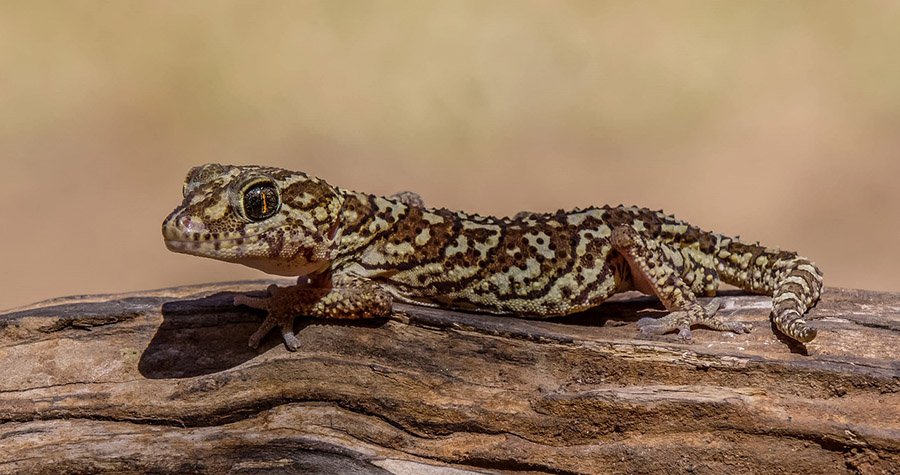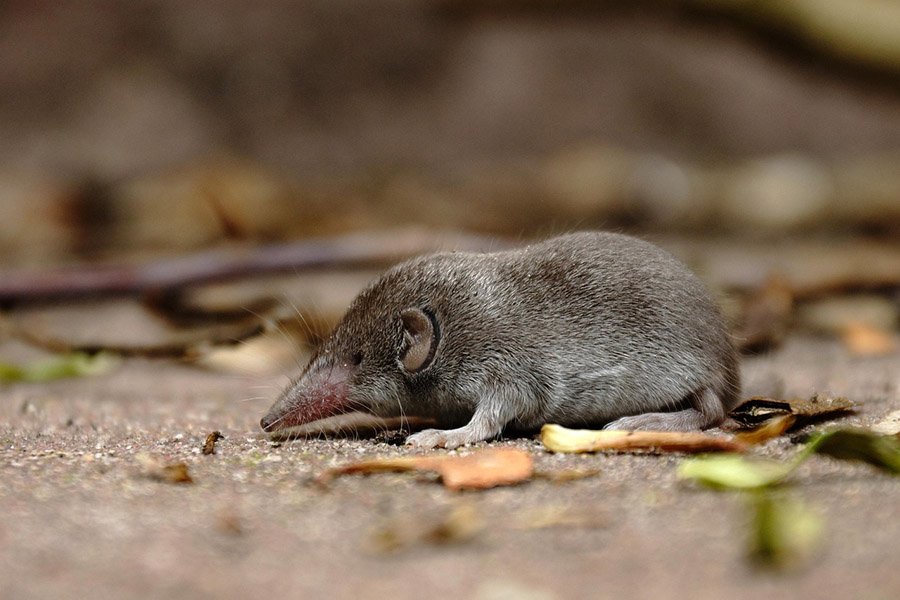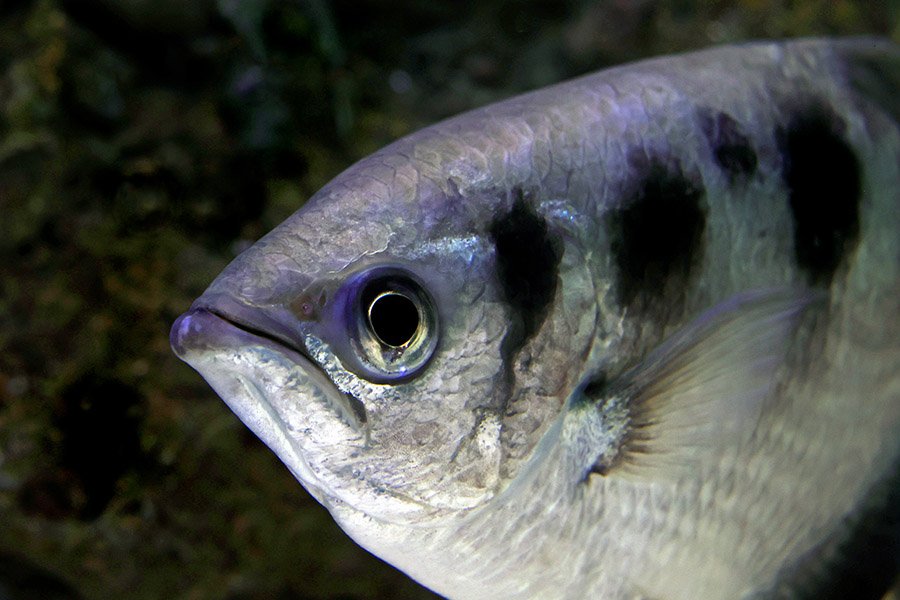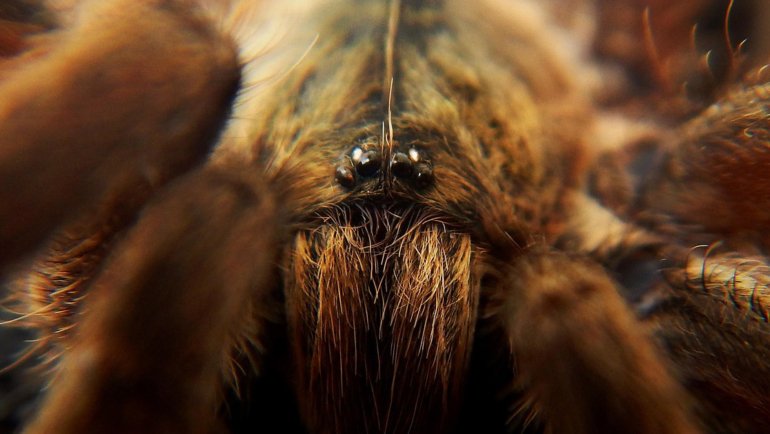Spiders are fascinating creatures that have captivated humans for centuries with their intricate webs and diverse behaviors. As arachnids, spiders are characterized by their eight legs, venomous fangs, and ability to spin silk. These creatures play a vital role in the ecosystem as both predators and prey. As predators, they help control insect populations, making them crucial for maintaining ecological balance. Spiders are equipped with various hunting strategies, such as ambushing, web-spinning, and stalking, which allow them to capture a wide array of prey. This adaptability positions them as influential players in the food chain.
Despite their predatory prowess, spiders are not at the top of the food chain. They serve as an essential food source for a variety of animals, contributing to the dynamic equilibrium of natural ecosystems. Understanding the predators of spiders can shed light on the complex interactions within ecosystems and reveal the delicate balance that sustains life.
Top Predators of Spiders
Birds
Birds are among the most common predators of spiders. Many bird species, such as sparrows, robins, and bluebirds, feed on spiders as part of their diet. Birds use their keen eyesight to spot spiders in their webs or crawling among vegetation. They often catch spiders on the fly or pluck them from their hiding spots. In particular, insectivorous birds actively seek out spiders as a nutritious food source, benefiting from the protein-rich diet they provide.
The consumption of spiders by birds typically occurs in gardens, forests, and grasslands, where spiders are abundant. Birds play a significant role in controlling spider populations, particularly during the breeding season when they need more food to feed their young. This predation helps maintain the ecological balance by preventing any single species from becoming overly dominant.

Lizards
Lizards are another group of animals that frequently prey on spiders. Many lizard species, such as geckos and anoles, are agile hunters that can easily navigate the terrains where spiders dwell. Lizards use their quick reflexes and acute sense of smell to detect and capture spiders hiding under rocks, logs, or within leaf litter.
These reptiles often hunt during the day when spiders are less active and more easily caught. In tropical and subtropical regions, lizards are particularly important in managing spider populations. Their predation keeps spider numbers in check, preventing them from overpopulating and upsetting the local ecological balance.
Amphibians
Amphibians, including frogs and toads, are also known to prey on spiders. These predators are opportunistic feeders that consume a wide range of invertebrates. Frogs and toads have a sticky tongue and rapid reflexes that enable them to snatch spiders effortlessly. They are particularly active at night, which coincides with the hunting patterns of many spider species.
The presence of amphibians in wetland ecosystems is crucial as they help control spider populations, along with many other small creatures. By preying on spiders, amphibians contribute to the regulation of the food web and support the biodiversity of their habitats.
Insects
Certain insects, such as wasps and ants, are formidable predators of spiders. Parasitoid wasps, for example, have a unique predation strategy where they immobilize spiders with a sting and lay eggs on or inside them. The developing larvae consume the spider, ultimately leading to its demise. Ants, on the other hand, hunt in groups and overpower spiders with their numbers and cooperative tactics.
Insect predation on spiders typically occurs in scenarios where spiders are vulnerable, such as when they are actively hunting or attempting to relocate. These interactions highlight the competitive dynamics of nature, where even skilled predators like spiders can fall prey to smaller, organized insects.

Small Mammals
Small mammals, such as shrews and hedgehogs, occasionally include spiders in their diets. These mammals are primarily insectivorous and forage through leaf litter and soil, often coming across spiders in their search for food. They rely on their keen sense of smell and touch to detect their prey.
In temperate regions, small mammals serve as important predators of spiders, particularly during the warmer months when spiders are more active. Their predation helps manage spider populations, ensuring that these arachnids do not overpopulate and disrupt local ecosystems.
Reptiles
Beyond lizards, other reptiles such as snakes occasionally prey on spiders. While not a primary food source, spiders can be consumed by snakes, especially those that inhabit areas with high spider densities. Snakes use their stealth and speed to capture spiders that venture too close to the ground.
Reptile predation on spiders is less common but still plays a role in ecological regulation. These interactions underscore the diverse and sometimes unexpected predatory relationships in nature.
Other Spiders
Cannibalism is a well-documented behavior among spiders, with larger spiders preying on smaller ones. This behavior is especially prevalent in environments where resources are scarce, and competition is high. Mature female spiders are known to consume male spiders either before or after mating, a behavior that ensures the female’s survival and the success of her offspring.
Spiders eating other spiders is a fascinating example of how these creatures adapt to survive in challenging environments. This cannibalistic trait is an essential aspect of spider ecology, influencing the evolution of their behavior and reproductive strategies.

Fish
In aquatic or semi-aquatic environments, certain fish species can become predators of spiders. These fish, such as killifish, have been observed preying on spiders that fall into the water or reside near the water’s edge. The fish utilize their swift movements to catch spiders that venture too close to the water.
This interaction is a unique example of cross-habitat predation, where aquatic and terrestrial ecosystems intersect. It highlights the complexity of food webs, demonstrating that even creatures not typically associated with aquatic environments can be part of these dynamic systems.
How Do Spiders Defend Themselves?
Spiders have evolved a variety of defense mechanisms to protect themselves from their numerous predators. One of the most effective strategies is their ability to spin silk. Spiders use their silk to create webs that not only trap prey but also serve as a protective barrier against predators. Some species build complex webs in hidden locations, providing them with a safe retreat from potential threats.
In addition to web-building, many spiders employ camouflage to avoid detection. Their ability to blend into their surroundings allows them to evade predators by mimicking leaves, twigs, or even bird droppings. This cryptic coloration is particularly common among spiders that dwell in environments with dense vegetation or complex landscapes.
Spiders are also known for their startling displays, which can deter predators. Some species inflate their bodies, raise their forelegs, or display bright warning colors when threatened. These behaviors can be enough to scare away potential predators, giving the spider a chance to escape.
Moreover, spiders can produce venom, which they primarily use to subdue prey, but it can also serve as a defense mechanism. While most spider venom is not harmful to larger animals, the threat of a painful bite can be enough to deter some predators from attempting an attack. This venomous capability is a critical component of a spider’s defense strategy, enhancing their chances of survival in the wild.
Frequently Asked Questions
Do birds eat spiders?
Yes, many bird species, such as sparrows and robins, include spiders in their diet. Birds use keen eyesight to catch spiders on the move or out of their webs.
How do spiders avoid being eaten by predators?
Spiders use a variety of defense mechanisms, including spinning webs for protection, using camouflage, displaying warning colors, and utilizing venom to deter predators.
Are there any reptiles that eat spiders?
Yes, lizards and occasionally snakes prey on spiders. Lizards are agile hunters, while snakes may consume spiders when they come across them in their habitat.
Can spiders eat other spiders?
Yes, cannibalism is a common behavior among spiders, especially in resource-scarce environments. Larger spiders often prey on smaller ones.
Do fish ever eat spiders?
In aquatic environments, some fish species, like killifish, can prey on spiders that venture too close to the water, highlighting the interconnectedness of ecosystems.
